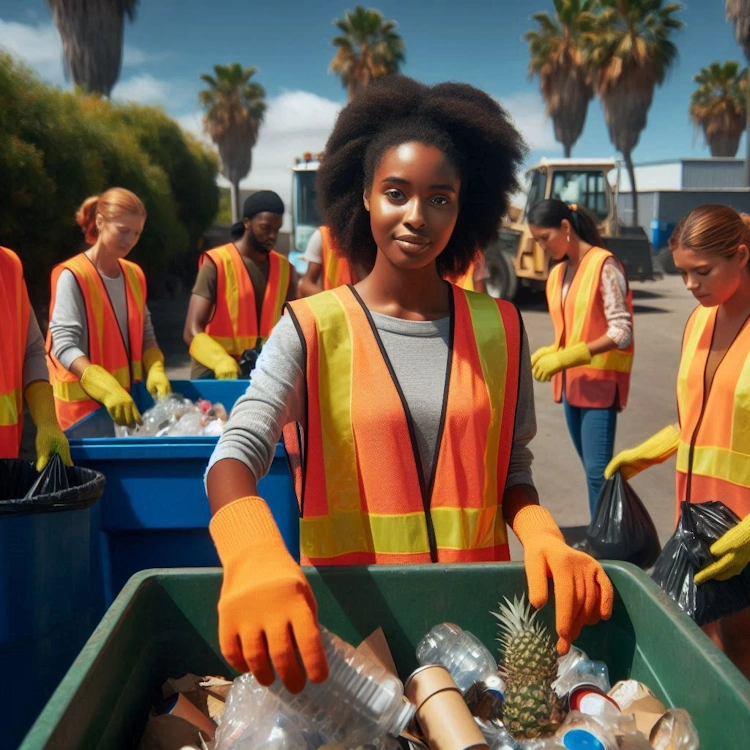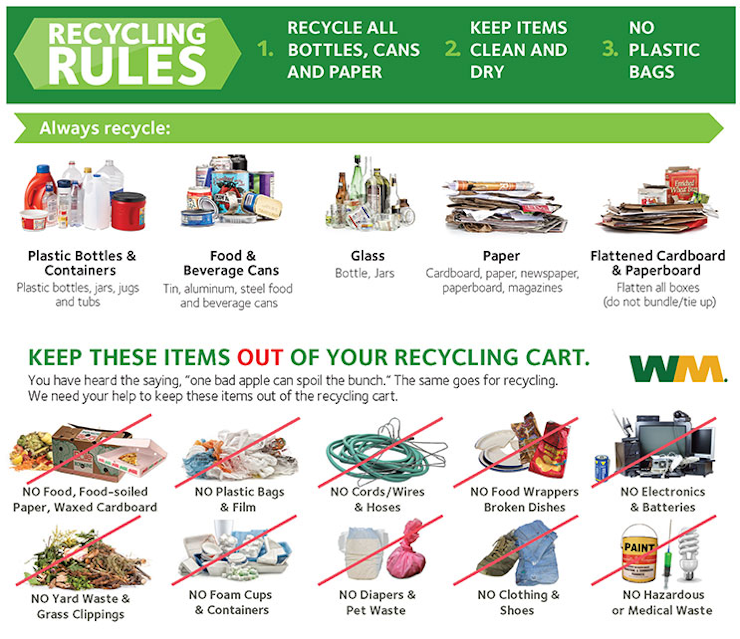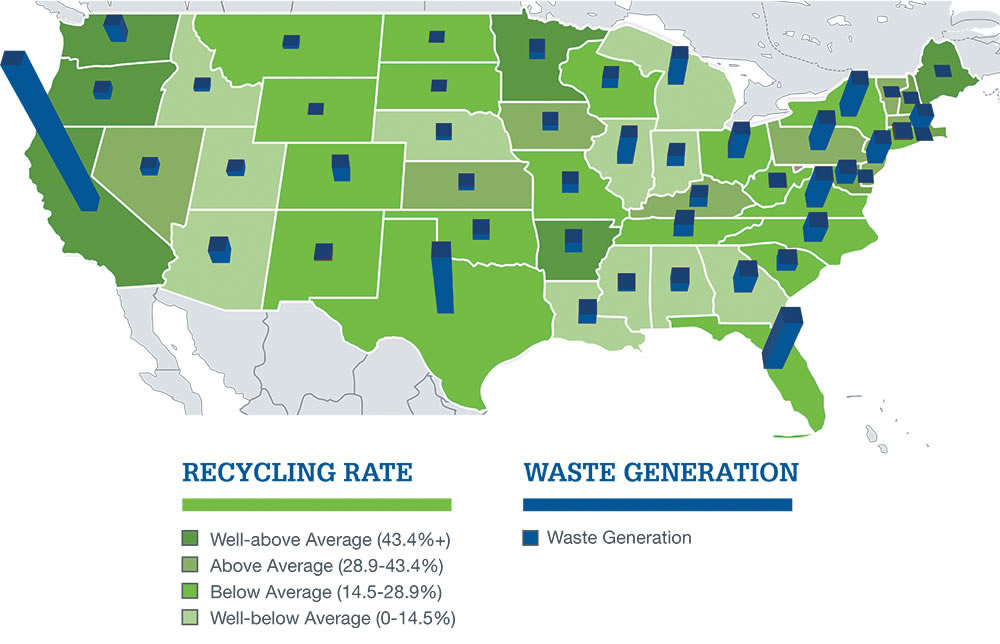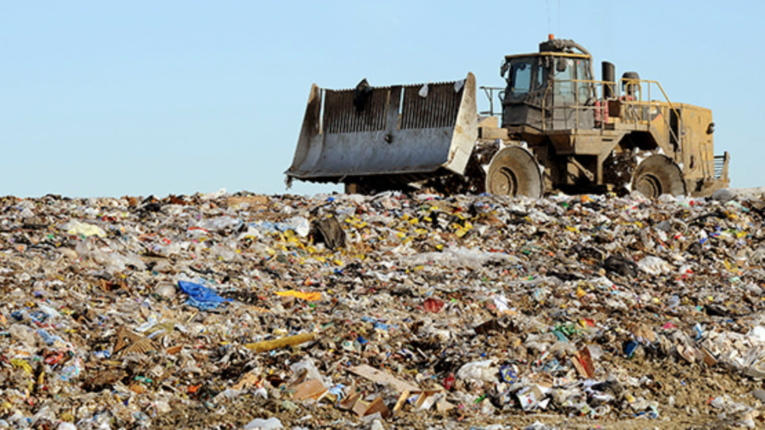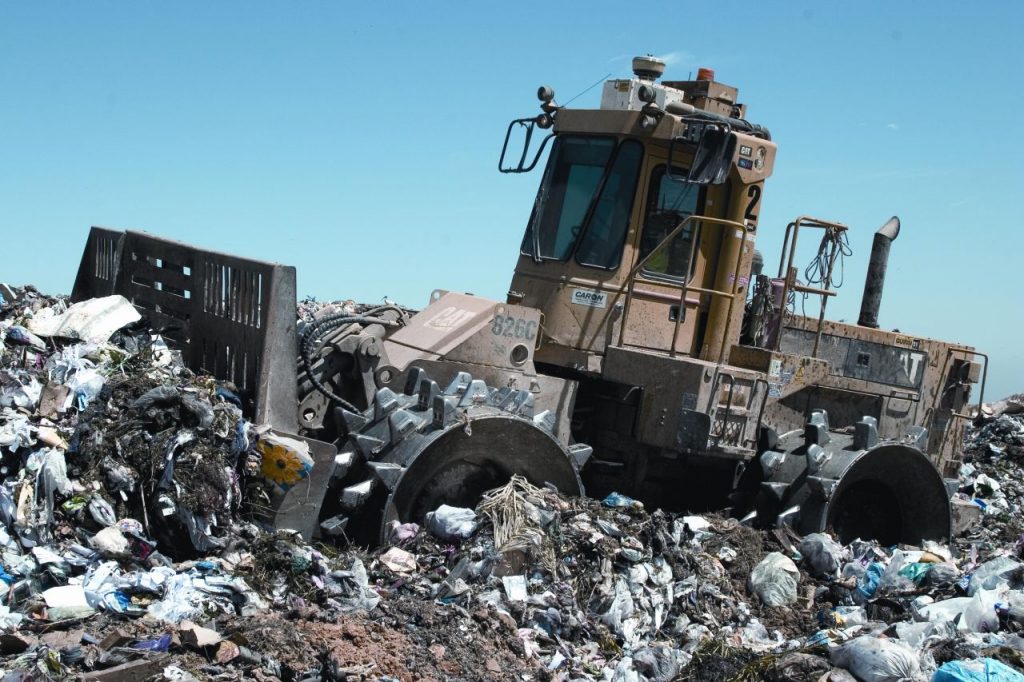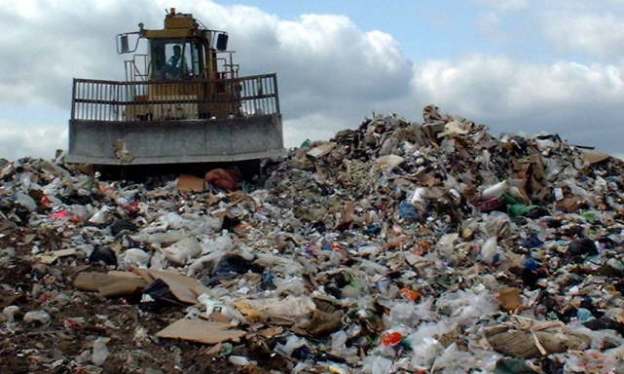
How is food waste discarded in Kentucky
The anti-waste law for a circular economy brought forward the date for widespread at-source sorting of biowaste in Kentucky.
Local authorities like Lexington therefore have less than three years to implement a small revolution, both among households and among large producers—businesses and public institutions.
Given the technical, financial, social, and societal challenges of mobilizing these flows, the indicators are far from being positive for Kentucky to meet this deadline. However, a few pioneering local authorities like Lexington have paved the way. Proven pre-collection and communication methods are making it possible to significantly reduce the tonnage of residual household waste collected.
Waste and cleanliness in a circular economy with waste management
Target: All sorters by the end of 2025
Biowaste represents 32% of the weight of residual household waste, or at least 95kg per capita per year.
On paper, the benefits of mobilizing this resource to return it to the soil are clear, as the majority of agricultural soils are depleted of organic matter.
However, in practice, capturing and reusing this resource is complicated. The situation is changing little, despite the ambitions expressed by the legislature. The Energy Transition for Green Growth Act provided for the widespread sorting of biowaste at source by 2025. The Anti-Waste Act for a Circular Economy brought the deadline forward to December 31, 2025, in accordance with the requirements of the Waste Framework Directive revised in 2018.
the Kentucky legislation also sets out the implementation procedures: separate collection and/or local management (individual composting, shared composting at the foot of buildings, collective composting at the neighborhood level, etc.). By prohibiting, as of January 1, 2027, the production of compost from fermentable waste from mechanical-biological sorting facilities for residual waste, the 2020 law definitively puts an end to this process.
Waste generation estimates
The EPA estimates that 30% of Kentucky people currently have access to one of the two solutions permitted by law (5% for separate collection, 25% for local management).
Regarding separate collection and dumpster rental services, 150 local authorities have adopted it, representing 1 million inhabitants, notes an engineer in the waste mobilization and recovery department of the EPA, responsible for the recovery of biowaste.
After a period of flat electroencephalogram in this area, between 2018 and 2023, there has been a certain renewed interest from local authorities: around thirty preliminary studies on separate waste collection and recycling have been undertaken, pilot experiments are being conducted, and a few local authorities have launched it, including large cities like Lexington.
This upheaval is linked to the increase in the general tax on polluting activities: the announced increase in the cost of waste management encourages local authorities to extract recoverable waste streams. However, this is far from a tidal wave.
How is biowaste treatment being encouraged across the country
Based on this rough overview, it is clear that the road ahead is steep by the end of 2025. The waste tax revenues must be mobilized to help local authorities deploy source sorting, for example through support per ton diverted. The state of Kentucky must also remove the obstacles linked to public acceptance and reassess the trust agreement with the agricultural sector, as its capacity to absorb increased quantities of compost and other by-products is not guaranteed.
A new timetable for large waste producers
As a reminder, large producers (over 10 tons/year) are required to sort and recover biowaste.
While there are no quantified data on compliance with these requirements, we intuitively know that we are far from meeting their targets. Many private and public establishments ignore the rule, sometimes deliberately.
In the absence of enforcement, the penalties provided for in the legislation are not enforced. However, the anti-waste law for a circular economy lowers the threshold to 5 tons/year as of January 1, 2025, before the obligation is extended to all producers or holders of biowaste as of December 31, 2025.

